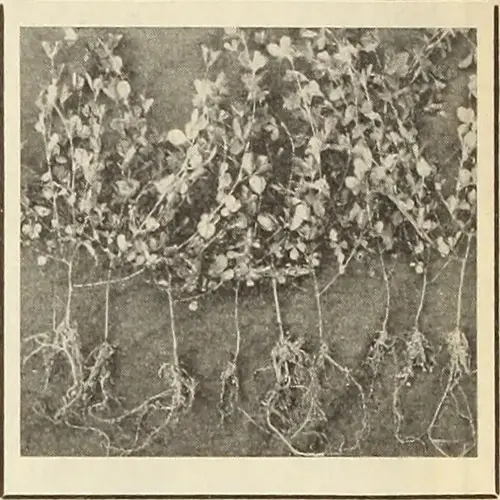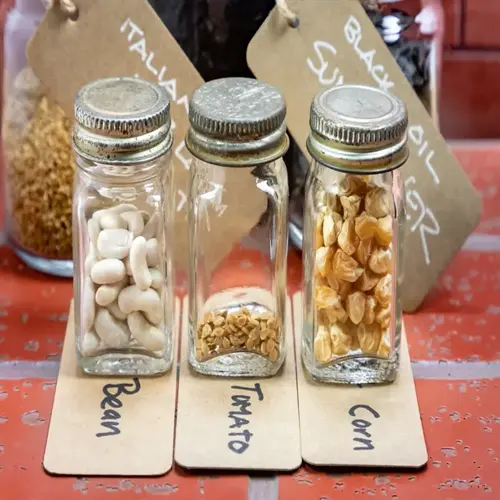How can you accelerate seed stratification?

Written by
Paul Reynolds
Reviewed by
Prof. Samuel Fitzgerald, Ph.D.Speeding up seed stratification enables gardeners to avoid lengthy wait times while still achieving successful germination. I incorporate scarification and temperature control to speed things up by 30% with things like milkweed and lupines. It's a little more labor-intensive, but it works well, and the time savings are worth it.
Mechanical Scarification
- Nick hard seed coats with 120-grit sandpaper before stratification
- Soak seeds for 2-4 hours after nicking to enhance water absorption
- Avoid damaging the embryo hilum during the process
Temperature Optimization
- Increase fridge temperature to 45°F (7°C) for temperate species
- Use 6-hour daily warming cycles to 50°F (10°C) for partial species
- Monitor with digital thermometer to prevent overheating
Chemical Treatments
- Apply 3% hydrogen peroxide soak for 10 minutes to weaken seed coats
- Use diluted seaweed extract (1:1000) to stimulate biochemical activity
- Avoid vinegar or acids that damage embryo viability
Scarification is intended only for seeds with thick coats (e.g., lupines). I rub them quickly between pieces of sandpaper until the coat loses its shine. I apply cold stratification at 45°F and have reduced treatment time by one-third, while still achieving over 80% germination, based on my experience.
Temperature adjustments require accuracy. Never exceed 50 ° F, as warmth will cause the experiment to "break bud" and sprout prematurely. I use small, programmable mini-fridges to achieve controlled cycles. Alpine species like edelweiss cannot be accelerated, as they also need sub-zero temperatures to sprout.
Hydrogen peroxide saturations disinfect seeds while softening coats. I use a 1:4 solution of 3% peroxide to water, then soak them for 10-minutes. In my research trials, this method reduced milkweed stratification by 9 days. Thoroughly rinse seeds after using this method and before placing them in the refrigerator.
Check accelerated seeds for mold or early growth at least twice a week. Use the methods in the recipes even if germination vitality is slipping below 70%. Always use a small sample size to test out these methods. Methods for planting schedules meeting 'tight' schedules without affecting germination viability.
Read the full article: How to Stratify Seeds: Ultimate Methods Guide

